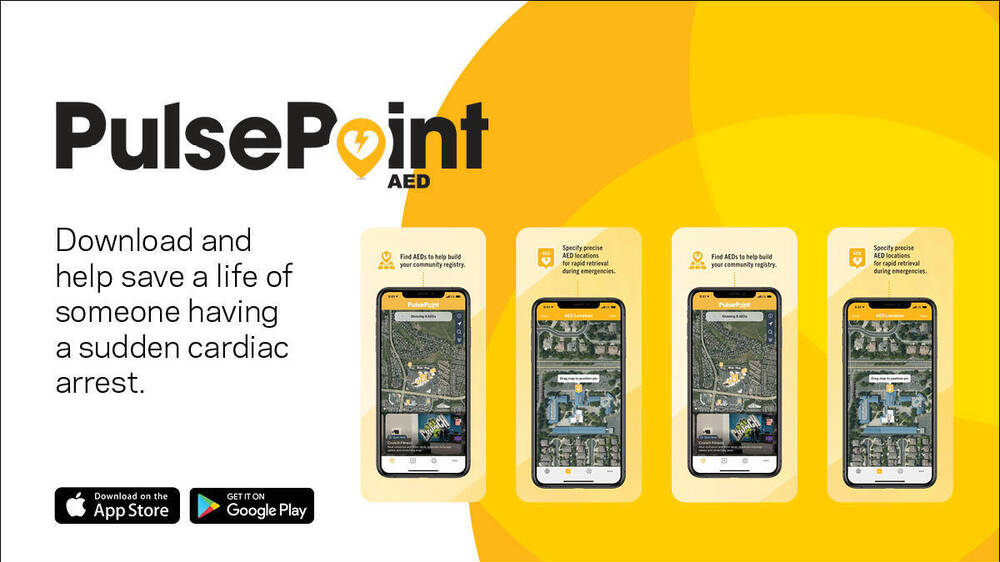During the first Monday night football game of 2023, Buffalo Bills player Damar Hamlin, 24, collapsed from cardiac arrest after tackling a player from the Cincinnati Bengals. The medical staff from both the Bengals and Bills, as well as the EMS crews at Paycor Stadium in Cincinnati, were immediately at his side. The chain of survival was quickly initiated. Many viewers and spectators watched in collective disbelief as medical personnel and first responders performed cardiopulmonary resuscitation (CPR) and used a defibrillator on Hamlin.
If performed immediately, CPR and early defibrillation with an automated external defibrillator (AED) can double or triple the chance of survival from an out-of-hospital cardiac arrest.
Increased awareness of AEDs on campus and training in CPR technique is a priority of the Notre Dame Fire Department and Medical Outreach Program. NDFD and Medical Outreach maintain the PulsePoint App, an interactive map designed to allow users to quickly locate the nearest AED in an emergency. PulsePoint can be downloaded to Apple or Android devices.
AEDs are located throughout campus, generally in public spaces in high-traffic buildings like Hesburgh Library, LaFortune Student Center, DeBartolo Performing Arts Center and the Hammes Notre Dame Bookstore.
Notre Dame collaborates with Zoll Medical Corp., an Asahi Kasei Group company, to provide Cardiac Science Powerheart G3 and G5 AEDs on campus. Both AEDs are made for novice first responders and advanced responders. They feature voice and text screen coaching steps to facilitate usage. AED machines prompt users to call 911, provide compressions and administer a shock, if required.
According to the American Heart Association, five factors, if initiated early, improve survival rates of individuals suffering from cardiac arrest:
● Early CPR with an emphasis on chest compressions
● Rapid defibrillation
● Advanced resuscitation by emergency medical responders and other health care providers
● Post-cardiac arrest care
● Recovery (including additional treatment, observation, rehabilitation and psychological support)
For information on how to order an AED for campus buildings or departments, please contact NDFD at 574-631-6200 or by email at ndfd@nd.edu.
Individual and group training in CPR for on-campus and off-campus groups can be requested by contacting Sarah Ingle at single@nd.edu or Ashley Kauble at akauble@nd.edu in the Medical Outreach Department. Courses generally take place on the third floor of Hammes Mowbray Hall throughout the year. Multi-day class offerings for groups of 40 or more can be scheduled to accommodate 20 students at a time. Medical Outreach recently held classes for a campus department and provided CPR training for more than 100 employees.
“The Medical Outreach team is happy to provide CPR instruction to groups across campus and the local community. We know from evidence-based practice that when it comes to CPR, the quicker we act, the better the outcome can be. Our goal is to provide our community with instruction that allows them to act with confidence in their abilities during an emergency situation,” Ingle said.
